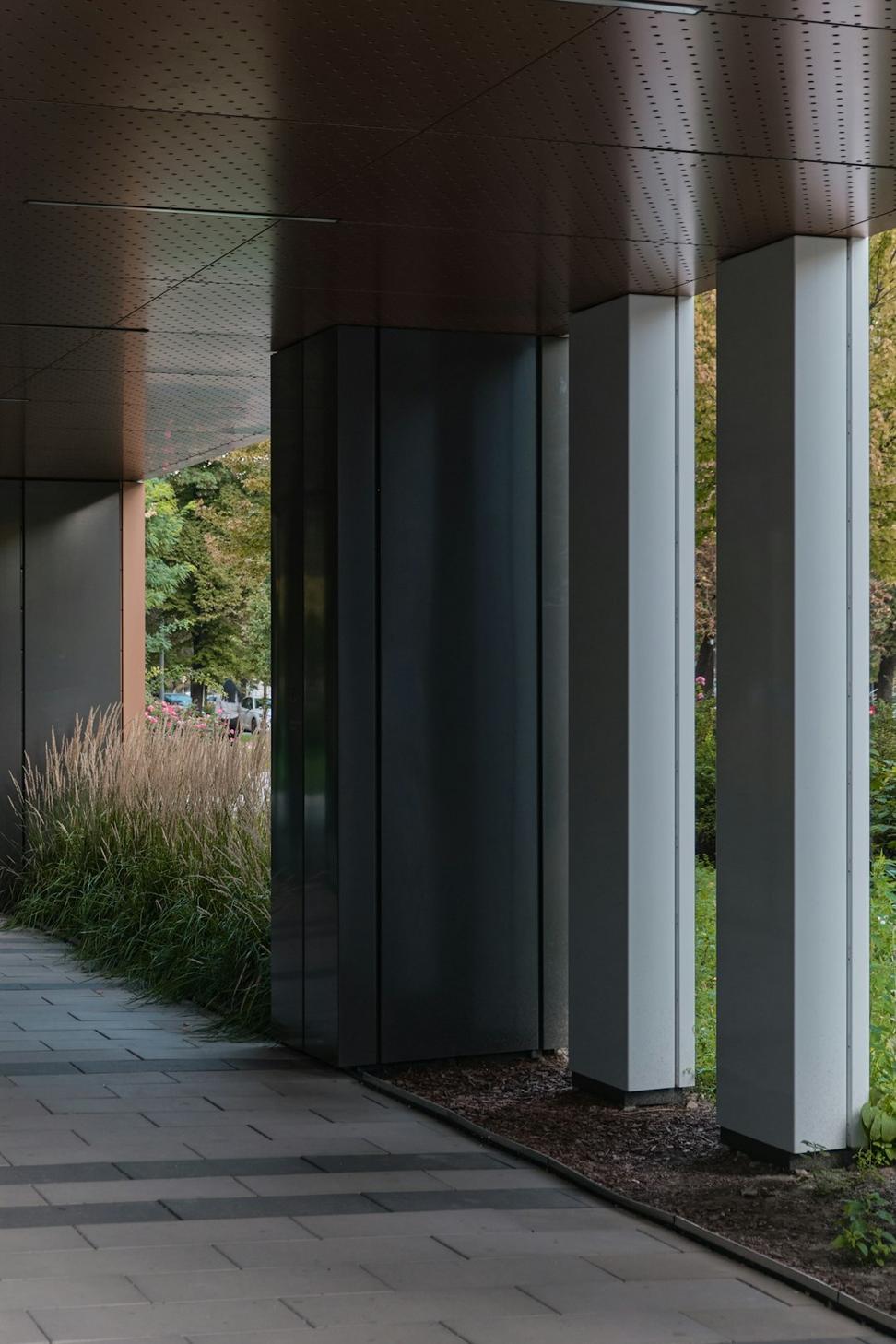
Building Responsibly
We don't just design buildings—we're crafting spaces that'll outlast trends and actually give back to the environment. It's what keeps us up at night, in a good way.
Look, I'll be honest—when we started out fifteen years ago, "sustainability" was still kinda seen as this expensive add-on that clients tolerated. Now? It's the foundation of everything we do, and frankly, we wouldn't have it any other way.
Every industrial warehouse, every commercial space we touch—these aren't just projects to us. They're gonna be around for decades, using energy, affecting communities, shaping how people work and live. That's a responsibility we take seriously, maybe too seriously according to my partner who catches me redesigning HVAC systems at 2 AM.
We've seen what happens when you cut corners on environmental considerations. The client saves maybe 8% upfront, then bleeds money on utilities for thirty years. Plus, there's the whole "cooking the planet" thing. Not a great trade-off, ya know?
Let's Talk Green Building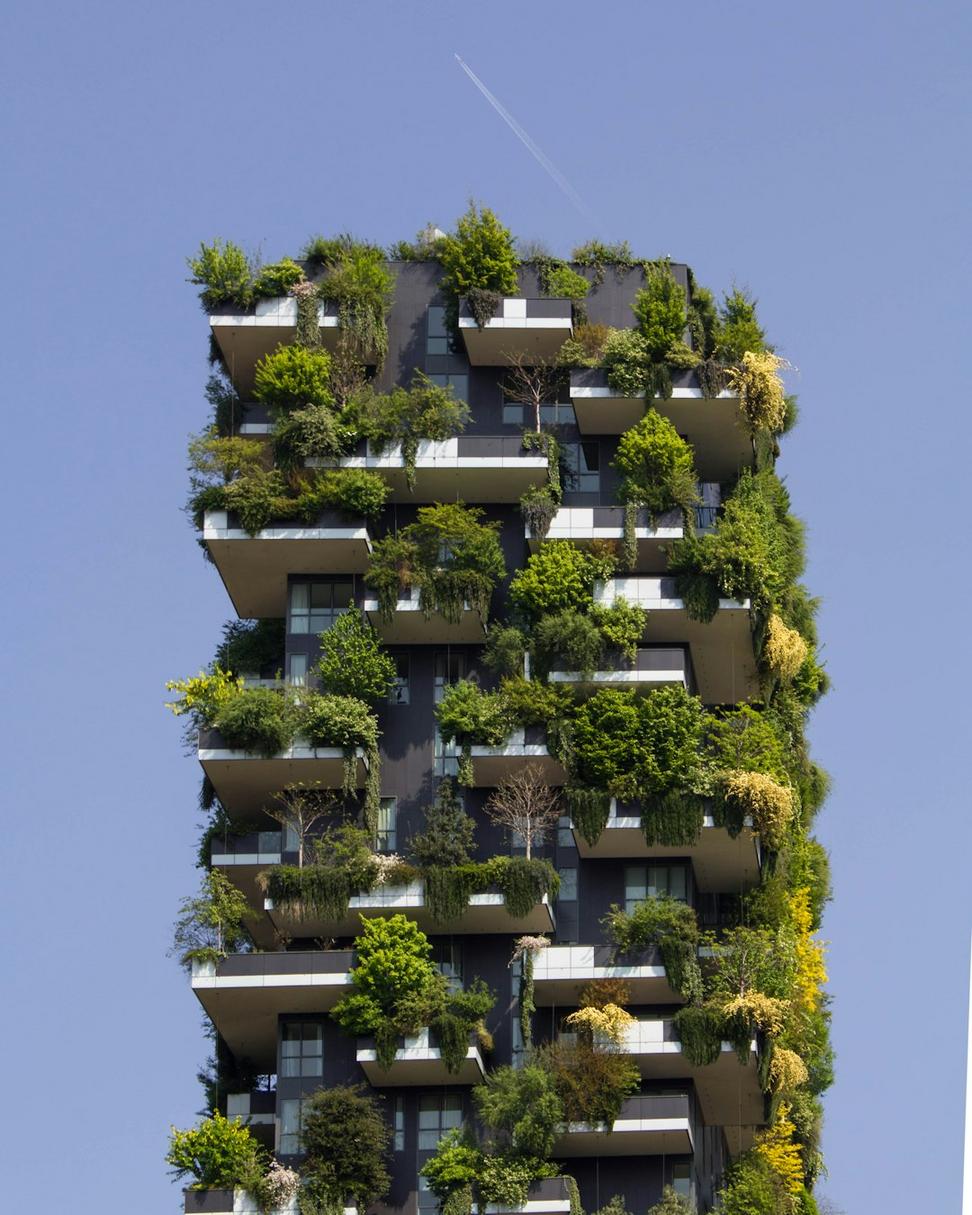
Tons CO₂ Offset Annually
LEED Certifications Achieved
% Avg. Water Reduction
% Energy Efficiency Gains
Solar integration, geothermal where it makes sense, and passive design that actually works with BC's climate instead of fighting it.
Reclaimed timber, recycled steel, low-VOC everything. We've got suppliers who think we're crazy, but the data proves us right every time.
Rainwater harvesting, greywater recycling, and smart irrigation. Vancouver gets enough rain—let's actually use it intelligently.
High-performance envelopes, smart HVAC that learns usage patterns, natural ventilation designed for real humans, not robots.
We've earned these the hard way—late nights, detailed documentation, and projects that actually meet the standards.
Numbers are cool, but seeing the transformation? That's what gets us excited.
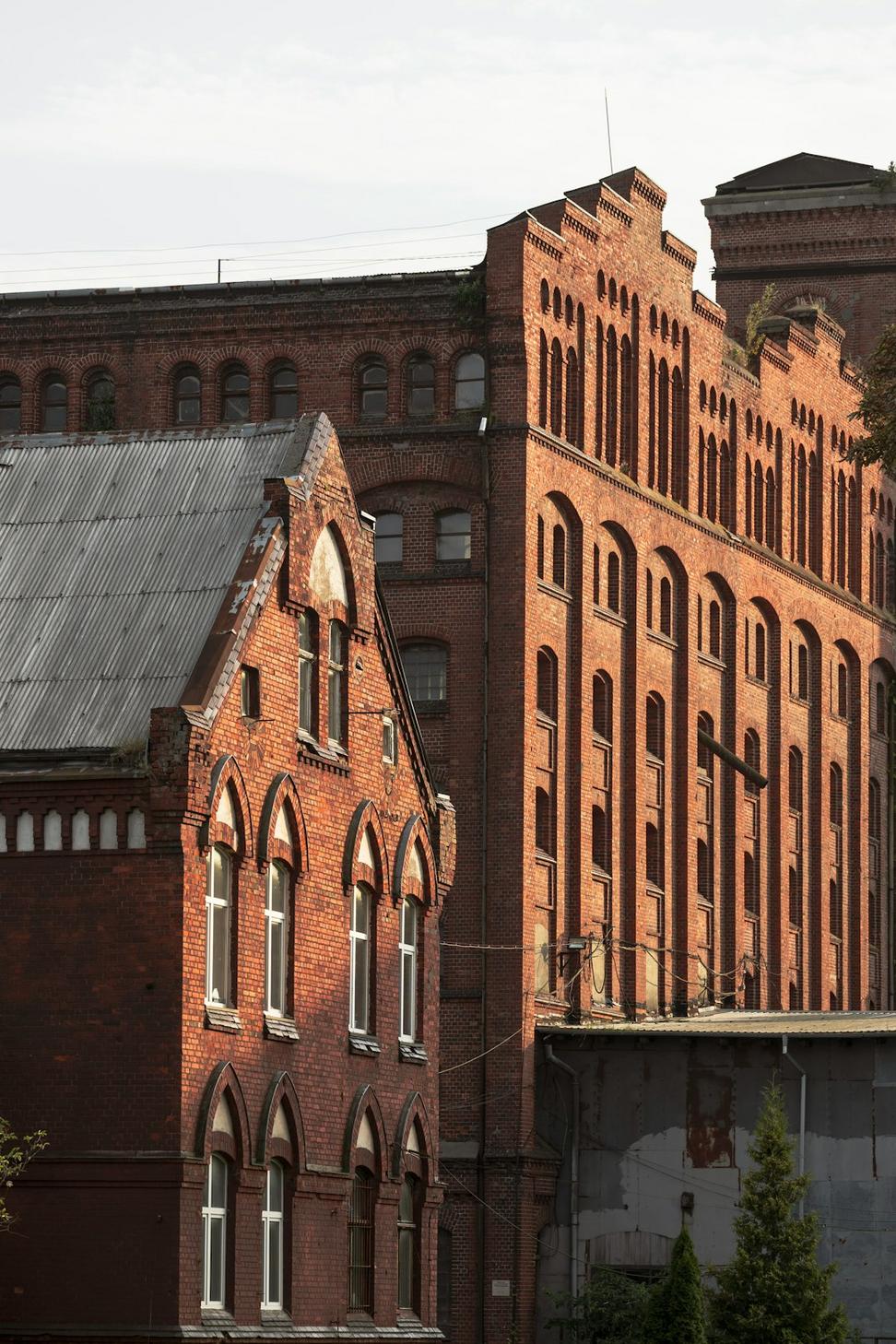 BEFORE
BEFORE
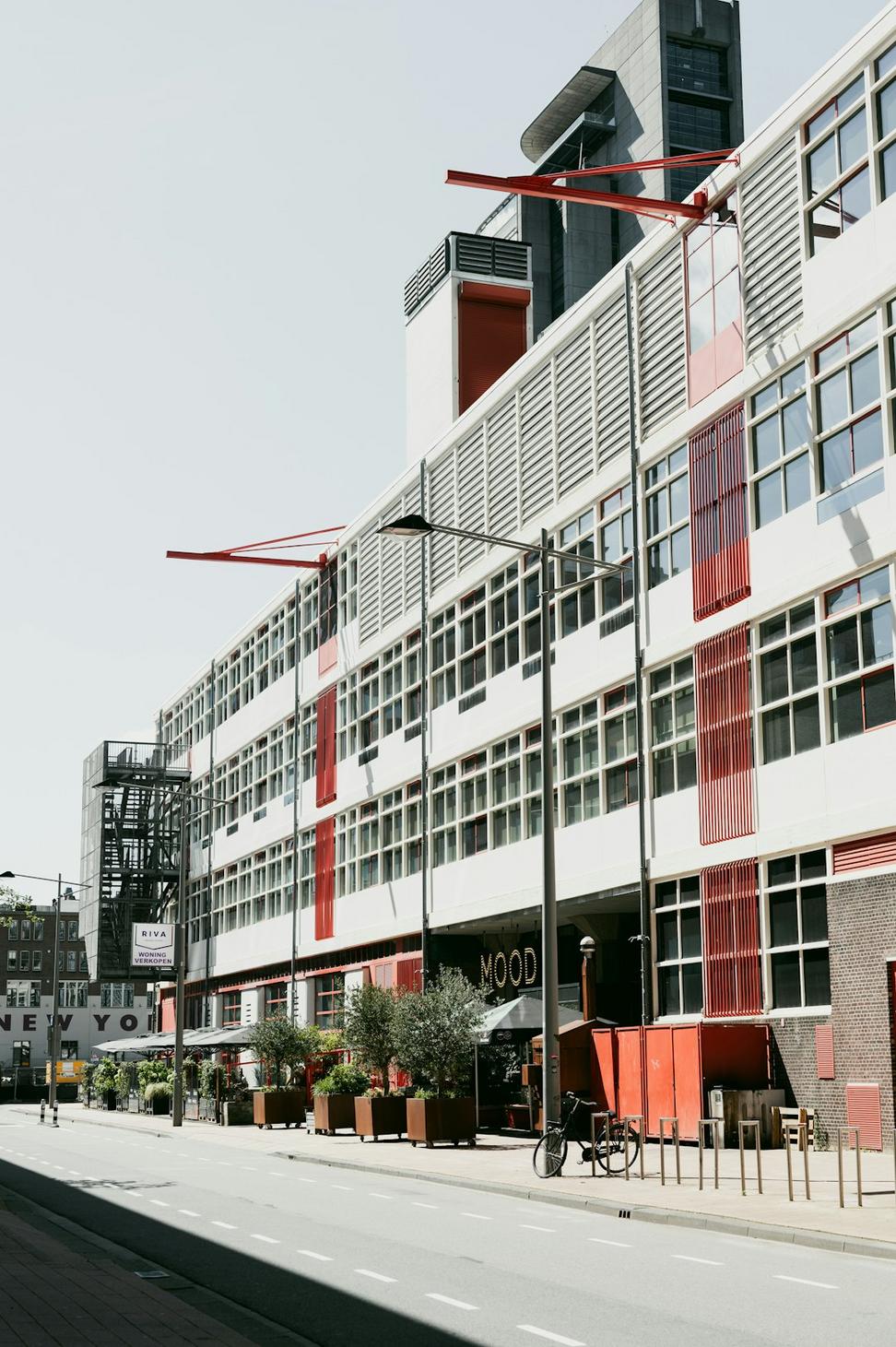 AFTER
AFTER
Turned a 1960s energy-guzzling warehouse into a LEED Gold certified facility. The owner was skeptical about the green roof until their cooling costs dropped 44% the first summer.
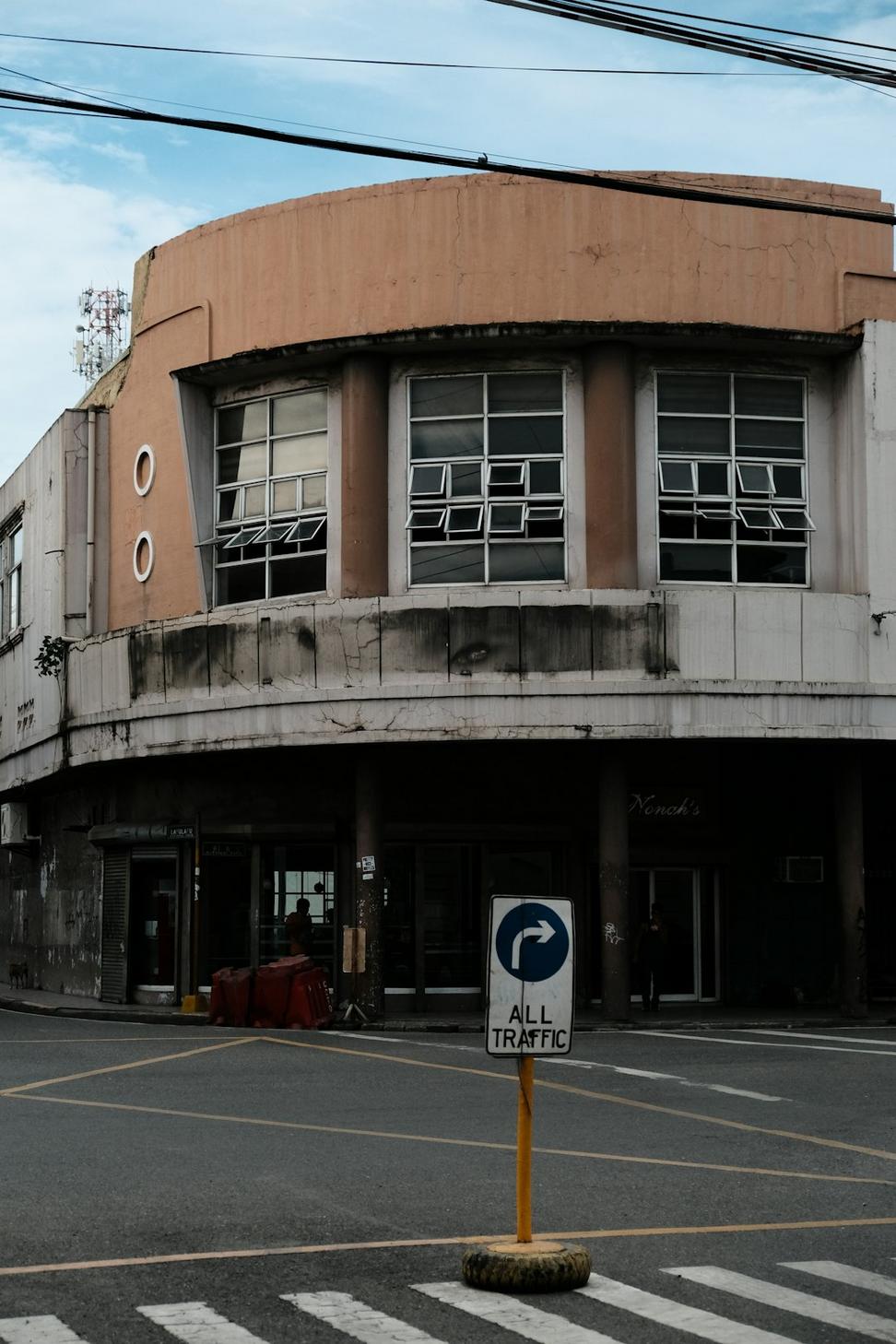 BEFORE
BEFORE
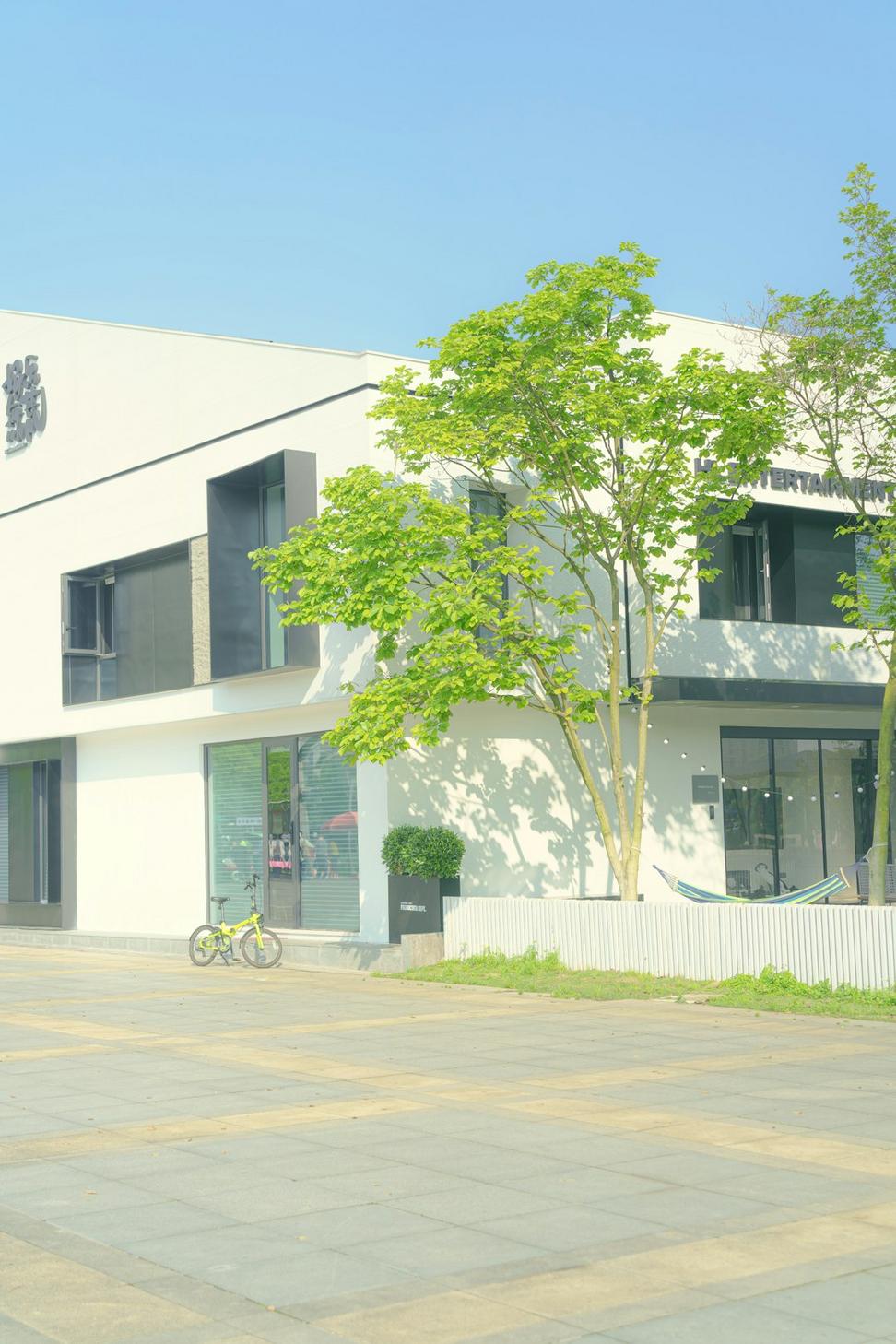 AFTER
AFTER
This 1980s office building was practically hemorrhaging heat and money. Now it's a showcase for adaptive reuse and smart building tech. The tenant satisfaction scores jumped 78% after completion—turns out people like natural light and fresh air, who knew?
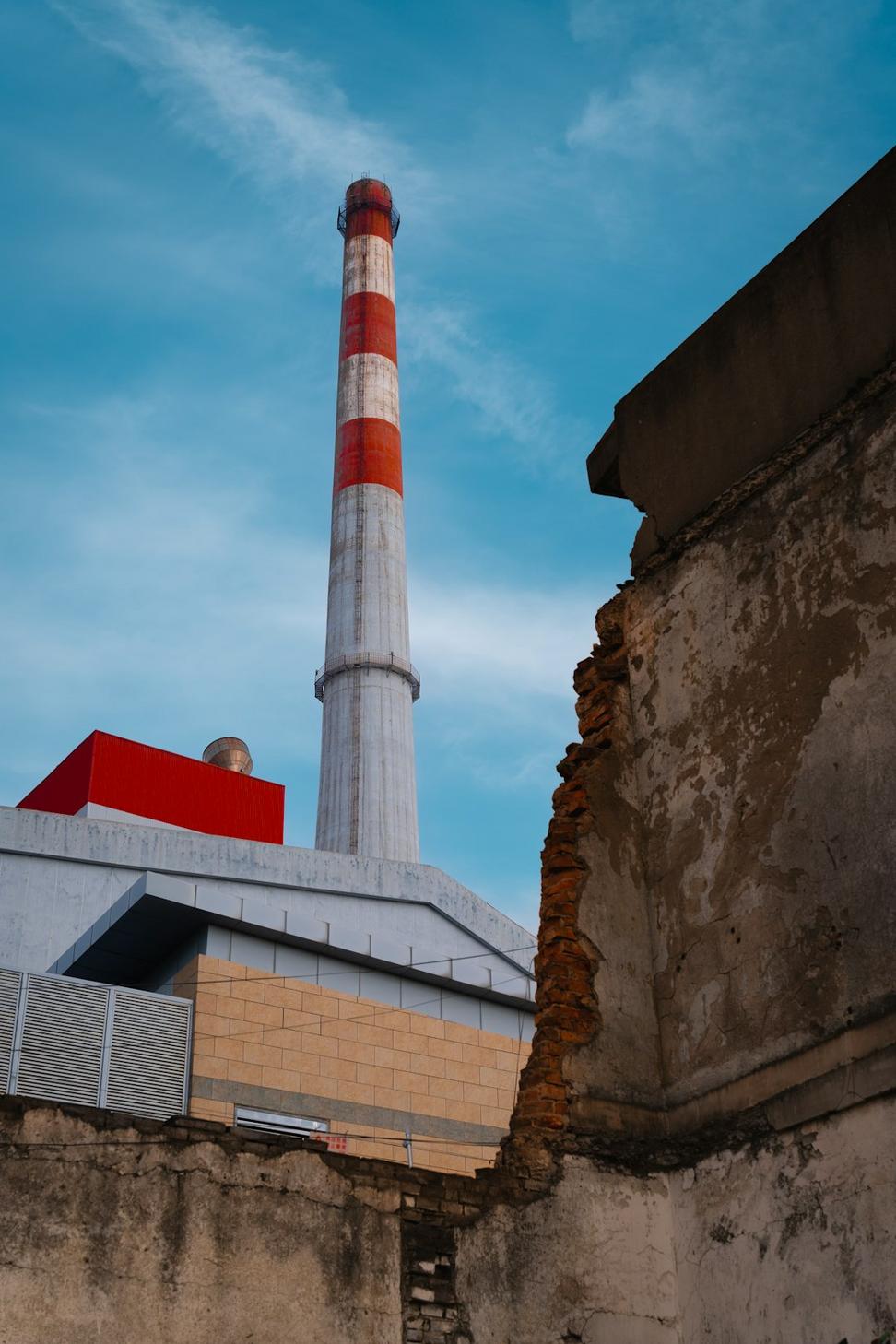 BEFORE
BEFORE
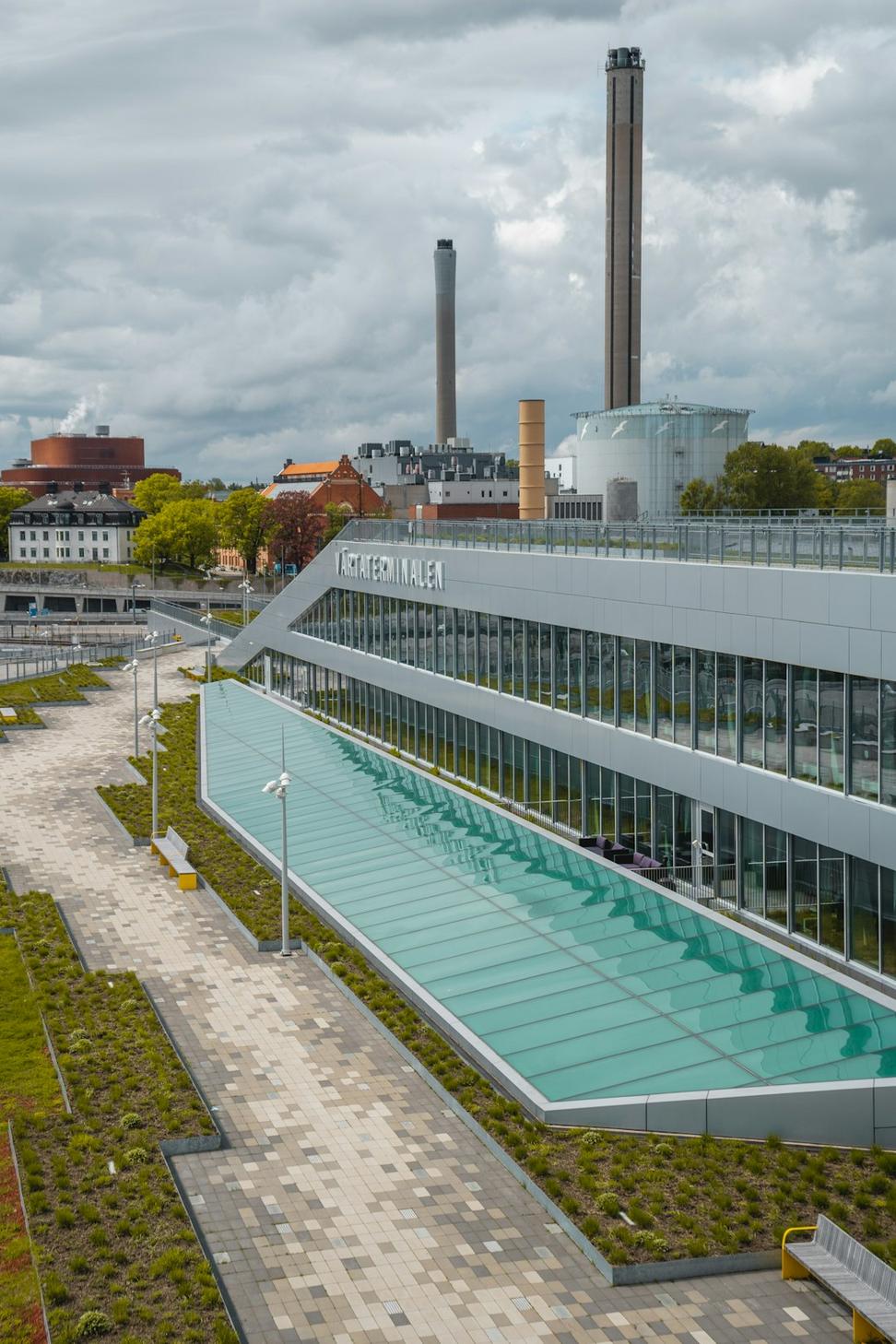 AFTER
AFTER
Historic mill conversion that everyone said couldn't be done sustainably. Spoiler: they were wrong. We kept the original timber structure, added modern efficiency, and created something that honors the past while giving the planet a break.
We spend weeks understanding your site—sun patterns, wind flow, water table, local ecosystems. Yeah, it takes longer, but shortcuts here cost everyone later.
We run the numbers for 30+ years, not just construction costs. Suddenly that "expensive" geothermal system looks pretty smart when you see the decade-long savings.
We get everyone in the room—engineers, contractors, you—early on. Beats dealing with conflicts during construction when changes cost ten times more.
Multiple simulation runs testing different scenarios. It's basically playing architectural video games, except the outcomes actually matter.
Every material gets scrutinized—embodied carbon, toxicity, durability, local sourcing. Our supplier relationships are built on asking annoying questions.